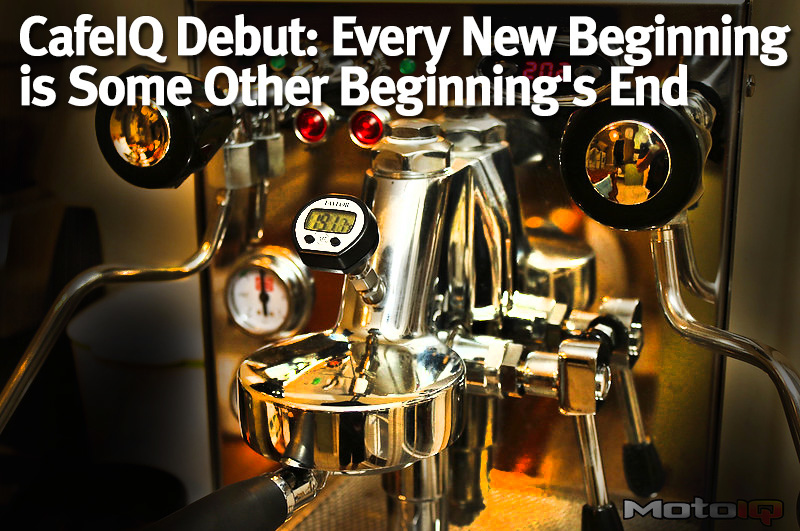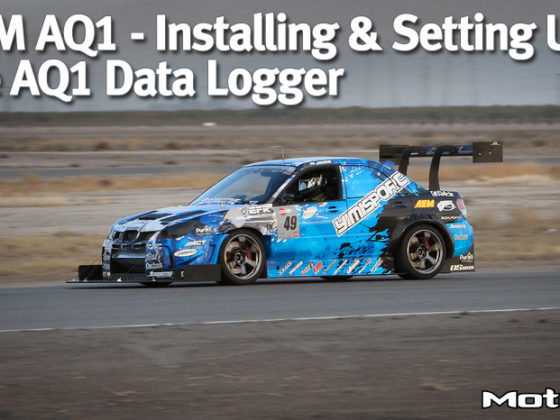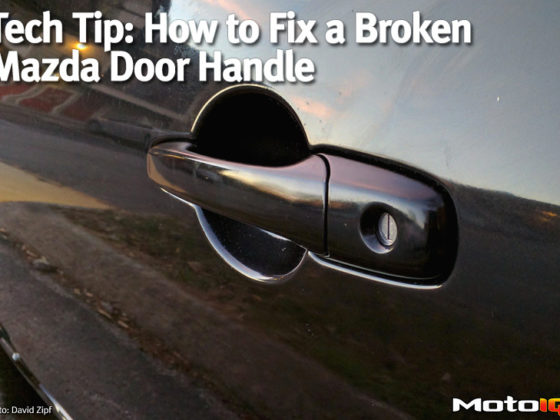
CafeIQ Debut: Every New Beginning is Some Other Beginning's End
When Nick recently left us to go take care of the family coffee and espresso equipment repair business, we didn’t think much of it. But recently, founder Mike Kojima attended a NASCAR Xfinity series event and lamented on the emptiness of the stands. It was clear from this singular, isolated experience that racing is, in fact, dying, and dying quickly. So, it was time to make a change. Enter, CafeIQ.
Yes, ladies and gentlemen, we are hanging up our driving gloves in favor of aprons and bar rags. Sorry Patrick Stewart fans, but there’s no Earl Grey (hot) where we’re going. It’s all about coffee.
As many of you know, there really is only one proper way to prepare this elixir of the gods. This crap in a can is not it (sorry, mom). What it is, dear readers, is espresso. So, what better way to introduce you to our new subject matter than to provide a primer on this tasty beverage’s required equipment and preparation.
As a side note, this will be one of the last articles published in the current format. With the recent bankruptcy of one of the leading internet forum conglomerates, MotoIQ has purchased all of their assets and will be transitioning this site to not only CafeIQ but also to a paid member forum. We have to pay the bills somehow — organic single-origin Yirgacheffe and a Slayer ain’t cheap.
So, let’s get started, shall we?
First things first, you should prepare to spend a solid $5,000 to get started in coffee. We’ll wait while you spit yours out. No, really, that’s pretty much what it’s going to take. You want a quality product, right? Ok, maybe you can get away with a grand or two less, but this is serious (cafe) business.
 This is what the basic setup is going to look like.
This is what the basic setup is going to look like. After you get done hiring a local carpenter/lumberjack to build you a custom-designed stainless steel-capped espresso bar you’ll end up with a variety of equipment types. That Mr. Coffee is not one of the things you should plan to end up with (sorry, again, mom).
 While you might think that the espresso machine is the more important part of the espresso process, you’d be wrong. It’s the grinder, folks.
While you might think that the espresso machine is the more important part of the espresso process, you’d be wrong. It’s the grinder, folks.You would be surprised at the quality of product that you can get out of a fairly crappy espresso machine. Even one of those units you can buy at Bed Bath and Beyond can make a nice cup if you feed it good grounds. You would be equally surprised at how bad coffee can taste when it's ground badly.
This is the Baratza Vario. If you insist on making filter coffee (can you hear me gagging?), this unit is a great compromise. It offers a wide range of adjustment, is reasonably priced, and has great technical and parts support right here in the US.
But, since you are going to jump into this thing head first you are going to go really high end. And, since you are building dedicated countertop real estate for this bar you should not hesitate to look into the Mahlkönig EK43, the Lyn Weber EG-1, or the KafaTek Monolith. While they’re gigantic, these multi-thousand-dollar grinders all offer extreme precision in both construction and adjustment, super large flat burrs, and look amazing, too. And, since your significant other is going to kick you out after you sell all of your car stuff at a loss to buy coffee gear, it won’t matter that these grinders are all best suited for single-dosing — you’ll be single. Plus only having to taste things yourself makes it easier to practice.
And why, might you ask, are you grinding coffee fresh? Because after about fifteen minutes ground coffee is rancid acrid garbage. The rule generally is 15 months before roasting beans, 15 weeks after roasting beans, and fifteen minutes after grinding. Home roasting is going to be one of our next articles, don’t you worry. Get your burlap sacks ready, folks.
You might also be wondering about “burr” grinders. A burr grinder involves two surfaces, preferably flat (although conical is an acceptable option) that rub against one another. This produces a much more consistent particle profile. And, when it comes to getting flavor out of your coffee, consistency helps. I know that Joe told you the cool cheap “spice grinder” that he got at the local wally world works great for his bag of greasy blackened beans from the supermarket.
Firstly, that spice grinder is just a blunt “blade” that spins around at some completely random RPM. It pulverizes some of the coffee into powder and leaves huge chunks of coffee untouched. It’s crap. It’s not even really good for spices, but food preparation is a future article series. Also, those beans that are greasy and black? They’re way over roasted.
 Buy something from a quality mail order or local roaster.
Buy something from a quality mail order or local roaster.


